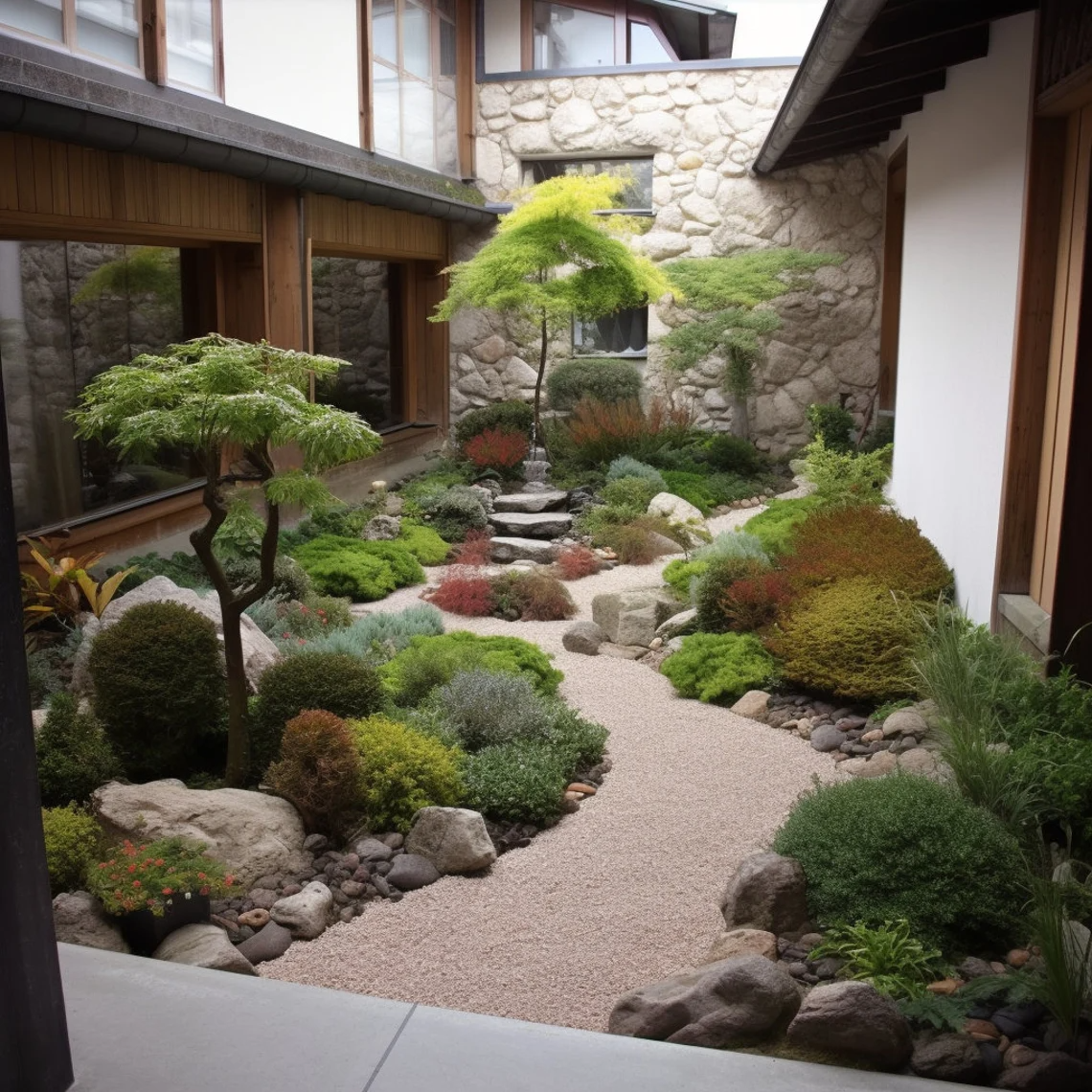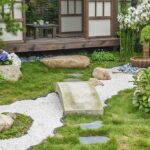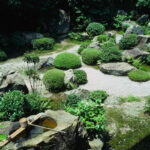Japanese garden design is a long-standing tradition that dates back to the 7th century in Japan. These gardens are known for their serene and tranquil ambiance, often featuring elements such as carefully placed rocks, flowing water, and lush greenery. The design of Japanese gardens seeks to create a harmonious and naturalistic environment that is meant to evoke a sense of calm and contemplation.
One key aspect of Japanese garden design is the use of asymmetry and irregularity. Unlike Western gardens that often strive for perfect symmetry, Japanese gardens embrace the beauty of imperfection. This concept, known as wabi-sabi, values simplicity, impermanence, and imperfection. Rocks and plants are strategically placed to create a sense of balance and harmony, while also providing a sense of surprise and discovery as one explores the garden.
Another important element of Japanese garden design is the use of borrowed scenery, known as shakkei. This technique incorporates the surrounding landscape, such as mountains, forests, or even nearby buildings, into the garden design. By framing these elements with trees, rocks, or pathways, the garden seamlessly integrates with the natural surroundings, creating a sense of unity with the environment.
Water is another crucial element in Japanese garden design, symbolizing purity, tranquility, and life-giving force. Water features such as ponds, streams, and waterfalls are often incorporated into the design of Japanese gardens, adding movement, sound, and reflection to the space. Bridges, stepping stones, and lanterns are commonly used to enhance the visual appeal of these water features, creating a sense of continuity and flow throughout the garden.
Plants also play a significant role in Japanese garden design, with an emphasis on creating a harmonious blend of colors, textures, and shapes. Traditional Japanese gardens often feature a limited selection of plants, such as pine trees, bamboo, and cherry blossoms, that are carefully chosen for their aesthetic qualities and symbolic meanings. Trees are pruned and shaped in specific styles, such as bonsai or niwaki, to create a sense of balance and harmony within the garden.
In conclusion, Japanese garden design is a unique and timeless art form that seeks to create a harmonious and tranquil space that reflects the beauty and balance of nature. By incorporating elements such as asymmetry, borrowed scenery, water features, and carefully curated plants, Japanese gardens offer a peaceful retreat from the hustle and bustle of daily life. Whether you are looking to create a small meditation garden or a sprawling landscape, Japanese garden design can provide inspiration and guidance for creating a space that nurtures the soul and delights the senses.
















